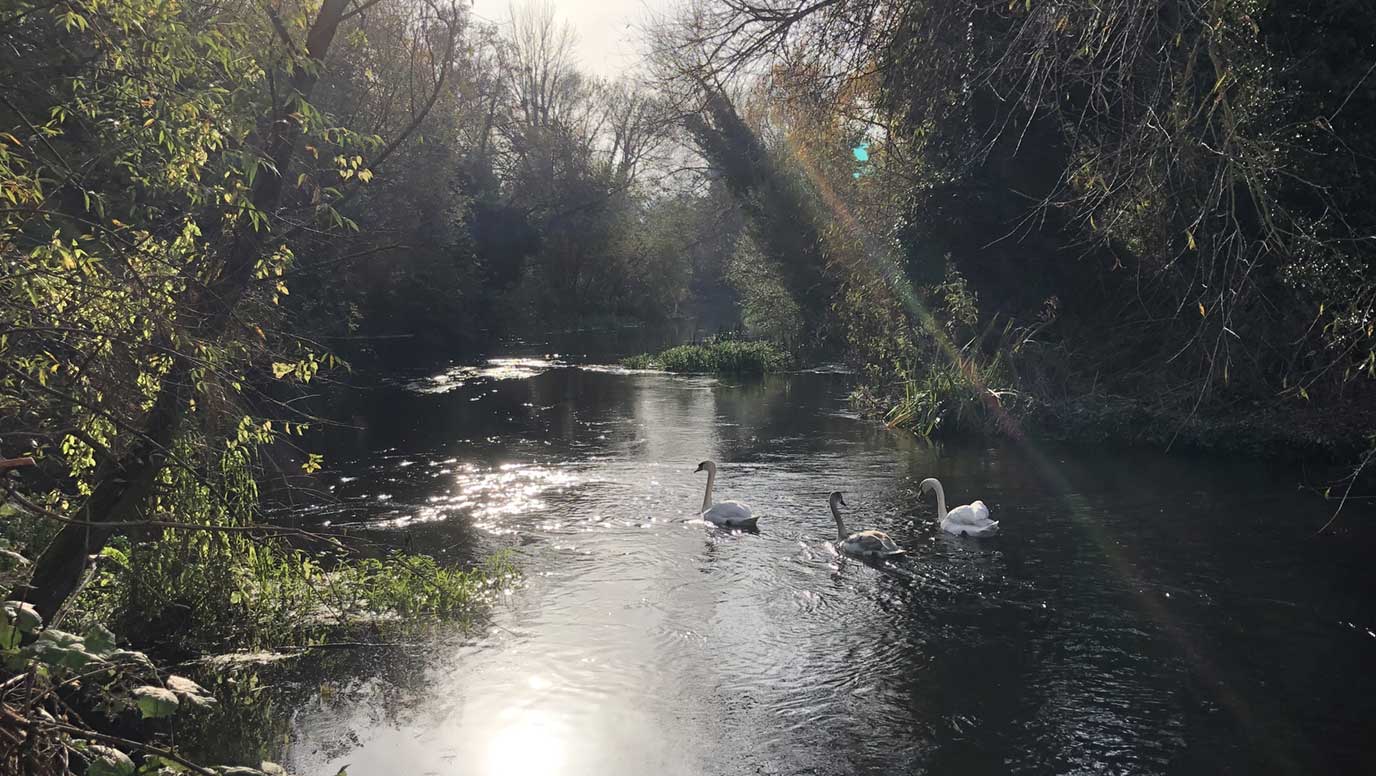Cranfield-led project pioneers new approach to diagnosing river health

While it’s easy to focus attention on single issues like pollution, in reality river heath is affected by a complex range of factors. That includes things like intensive land use, habitat degradation, water abstraction and various types of contaminants.
The biggest challenge is identifying which of these pressures is having the greatest ecological impact at any particular point in a river system. That’s because river water is continually flowing, so sampling and analysis of the water itself can’t provide a complete picture of what’s happening at any individual location.
That’s why this research is focusing on the microorganisms - or biofilm - that live on the riverbed, since they are in a fixed position rather constantly moving like the water. Biofilm communities vary over river networks due to shifts in environmental conditions.
And a previous study showed that these communities change when exposed to a pollution incident. Examining the changes that happen to these microorganisms will give a clear picture of what’s happening at specific points in the river.
By sampling upstream and downstream of various points of interest on the River Colne in Hertfordshire, the project will better identify and understand the contributing factors that impact river health and produce a new diagnostic method that could be tested across other rivers in the UK.
Dr Robert Grabowski, Reader in Catchment Science at Cranfield University, said “What we’re developing here will hopefully become a simple diagnostic tool to let us triage river heath more effectively than ever before.
“Britain’s rivers are so important for people and wildlife. By developing a new way to assess river health, we can target pollution control and habitat restoration that makes the most difference. Working with ColneCAN, a local catchment partnership, on the project, means we get expert local knowledge so these benefits can be realised even more quickly.”

